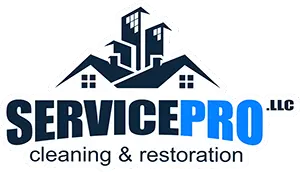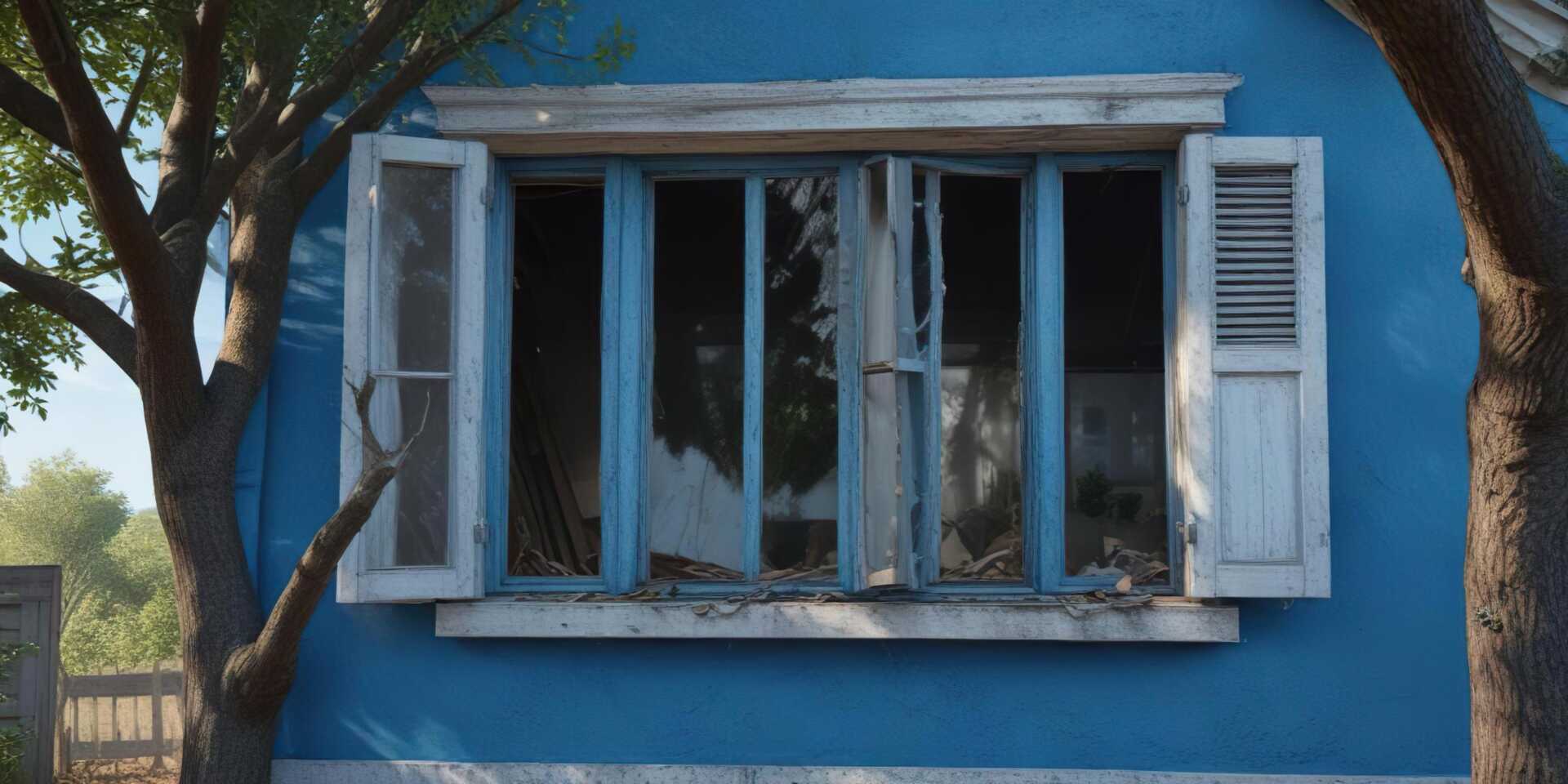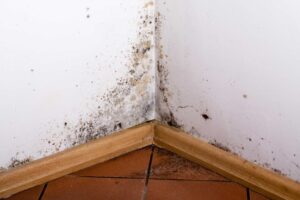When storms strike, the aftermath can be overwhelming. You might face water damage, mold growth, and structural issues that need immediate attention. Understanding the complexities of storm damage restoration is vital for effective recovery. Professional solutions mitigate further damage and ensure your property is safe and livable again. Let’s explore the essential steps you should take to navigate this challenging process effectively.
Key Takeaways
- Conduct a thorough damage assessment to identify structural issues and prioritize recovery efforts based on the storm type.
- Immediately secure the property by covering damaged areas and documenting all damage with photos for insurance claims.
- Employ professional water extraction and advanced drying techniques to prevent secondary damage and ensure a safe environment.
- Implement mold prevention strategies and address any leaks to avoid long-term health hazards during restoration.
- Consult with insurance agents to understand deductibles, exclusions, and coverage limits to facilitate the claims process effectively.
Understanding Storm Damage and Its Impact
When storms strike, understanding the damage they cause is essential for effective restoration.
Different storm types—be it hurricanes, tornadoes, or thunderstorms—inflict varying levels of destruction, and recognizing these can help you prioritize your recovery efforts.
Start by conducting a thorough damage assessment; look for structural issues, water intrusion, and debris.
Each type of storm presents unique challenges—hurricanes may lead to flooding, while tornadoes can cause significant wind damage.
Immediate Steps to Take After a Storm
As you assess the aftermath of a storm, it’s essential to act quickly to ensure safety and minimize further damage.
Begin by checking for hazards like downed power lines or gas leaks. If it’s safe, document the damage with photos for insurance claims. Confirm you have your emergency supplies on hand, including first aid kits, flashlights, and non-perishable food, as you may need them in the days ahead.
Next, secure your property by covering broken windows and leaking roofs with tarps to prevent water entry. If flooding occurred, avoid wading through water, as it may be contaminated.
Reach out to neighbors to check on their safety; fostering community connections is imperative during these times.
Finally, consider contacting a storm damage restoration professional to assess the full extent of the damage and guide you through the recovery process. Your proactive steps can make a significant difference in your restoration journey.
Professional Water Extraction and Drying Techniques
Effective water extraction and drying techniques are crucial in minimizing damage after a storm. When you face water intrusion, immediate action is essential.
Professional water extraction uses powerful pumps and vacuums to remove standing water quickly, preventing further structural damage. Technicians assess the situation carefully, making sure they target all affected areas, including hidden pockets where moisture might linger.
Once water extraction is complete, advanced drying techniques come into play. Professionals employ industrial-grade dehumidifiers and air movers to expedite the drying process, reducing the risk of secondary damage.
They monitor humidity levels to ensure the environment is effectively controlled, creating a safe space for your family to return to.
Mold Remediation: Prevention and Removal
Because mold can proliferate rapidly in damp environments, addressing it promptly after a storm is vital for your home’s safety and your family’s health.
Start by implementing effective mold prevention strategies. Ensure proper ventilation in your home and use dehumidifiers to maintain low moisture levels. Inspect areas like basements and attics for leaks and fix them immediately.
For mold removal, act quickly using proven mold removal techniques. Wear protective gear and contain the affected area to prevent spores from spreading.
Clean surfaces with a solution of water and detergent, or consider specialized mold removers. Remember to discard any porous materials that are heavily infested, as they can harbor spores.
Repairing Structural Damage After a Storm
After a storm, evaluating the extent of structural damage is essential for ensuring your home’s safety.
You’ll need to carefully choose appropriate repair materials that can withstand future weather events, and it’s often wise to hire professional services for complex repairs.
Addressing these points promptly will help restore your home and give you peace of mind.
Assessing Damage Extent
When a storm passes, the aftermath often reveals extensive structural damage that requires immediate attention.
Begin your damage evaluation with a thorough visual inspection of your property. Look for obvious signs, like cracks in walls, sagging roofs, or damaged windows.
Don’t overlook less visible areas, such as your foundation or the attic. Document these findings, as this information will be essential for insurance claims and professional evaluations.
If you find significant damage, it’s wise to consult a structural engineer or restoration expert. They’ll provide insights into safety concerns and repair options.
Choosing Repair Materials
While evaluating the extent of storm damage to your home is essential, choosing the right repair materials is equally important for ensuring lasting safety and durability.
Opt for sustainable materials like bamboo or reclaimed wood, which support environmental health and add a unique touch to your home. Cost-effective options, such as fiber-cement siding or engineered wood, can provide strength without breaking the bank.
Remember, it’s vital to balance quality and budget; investing in reliable materials now can save you significant repair costs later.
Hiring Professional Services
Selecting the right repair materials sets the stage for the next vital step: hiring professional services to address structural damage. When you’re evaluating potential contractors, clear hiring criteria can help you make informed decisions. Look for certifications, experience, and positive reviews from your community.
A well-established service brings expertise and offers peace of mind.
The benefits of hiring professionals include access to specialized tools and techniques that ensure repairs meet safety standards. They can quickly assess damage, preventing further issues down the line.
Choosing the Right Restoration Service for Your Needs
When facing storm damage, it’s essential to assess the severity of the impact on your property first.
You’ll want to evaluate the experience of potential restoration services to ensure they can effectively address your specific needs.
Additionally, reviewing your insurance coverage options can help you understand what expenses may be covered during this stressful time.
Assessing Damage Severity
As you navigate the aftermath of a storm, understanding the severity of the damage is crucial for choosing the right restoration service.
A thorough damage assessment and severity analysis can guide your decisions and ensure your home is properly restored.
Here are four key steps to keep in mind:
Inspect for Structural Damage: Check for any cracks or shifts in walls and foundations.
Evaluate Water Damage: Look for signs of moisture or mold, especially in hidden areas.
Assess Roof Integrity: Examine shingles and gutters for any signs of wear or missing pieces.
Document Everything: Take photographs and notes for insurance claims and restoration service evaluations.
Evaluating Service Experience
After evaluating the damage, the next step involves appraising restoration services to find the best fit for your specific needs.
Start by researching companies that specialize in storm damage restoration. Pay close attention to customer feedback; it can provide valuable insights into their service reliability. Look for testimonials that highlight timely responses and quality workmanship.
It’s crucial to choose a service that meets your technical requirements and understands the emotional toll of storm damage. Engage with potential providers and ask about their experience with similar situations.
This conversation can help you gauge their empathy and commitment. Ultimately, selecting the right restoration service can make a significant difference in your recovery journey.
Reviewing Insurance Coverage Options
How well do you understand your insurance coverage for storm damage? Maneuvering your insurance policy can be intimidating, but it’s essential for effective restoration.
Here are four key points to reflect on:
Review Coverage Limits: Assess what your policy covers and verify it meets your needs.
Understand Deductibles: Know how much you’ll pay out-of-pocket before coverage kicks in.
Check Exclusions: Identify any specific storm-related damages that may not be covered.
Consult Your Agent: Discuss your policy in detail with your insurance agent to clarify any doubts.
Being well-informed about your insurance options aids in a smoother restoration process and gives you peace of mind, knowing you’re prepared for unexpected events.
Recap
In the aftermath of a storm, maneuvering the restoration process can feel like steering a ship through turbulent waters. By understanding the steps involved—immediate assessments, professional water extraction, and mold remediation—you can ensure your home sails smoothly back to safety. Choosing the right restoration service is essential; they’re your lighthouse, guiding you through insurance complexities and repairs. With expert help, you’ll recover and strengthen your home against future storms, restoring peace of mind.




